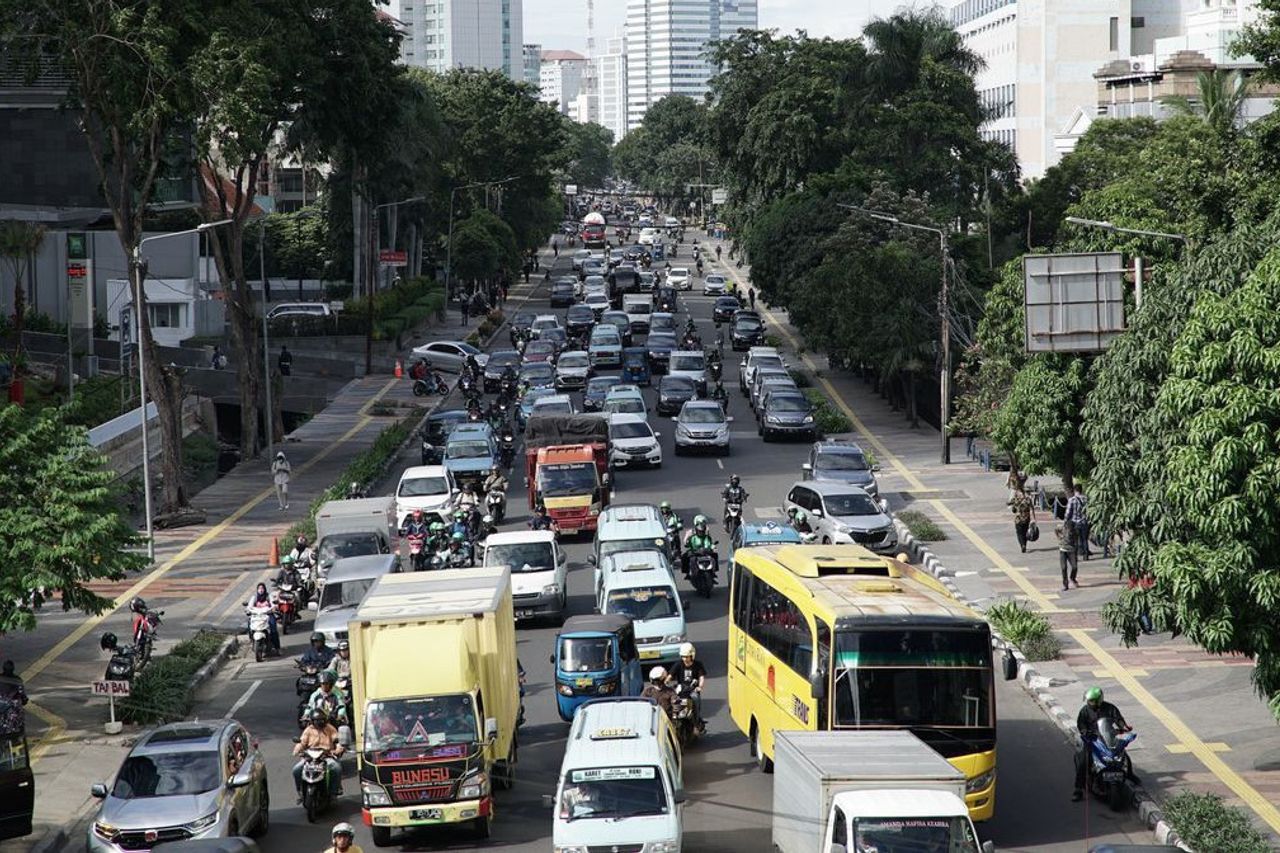DKI Martial Arts Problem Stagnant Congestion Rate

JAKARTA - Head of the DKI Jakarta Transportation Agency, Syafrin Liputo, sees positive things from the survey results of congestion numbers in a number of national capitals released by a European GPS device company, Tomtom.
In fact, the congestion rate in Jakarta has not decreased in the past year. Judging from its official website, in 2018, Tomtom said that Jakarta's congestion rate was 53 percent. In 2019, congestion levels have stagnated at the same rate.
According to Syafrin, the DKI Jakarta Provincial Government has implemented policies that are able to reduce Jakarta's traffic congestion. For example, the application of the odd-even system, LRT, MRT, and integration of transportation modes such as the Jak Lingko program. That, he said, is able to reduce the increase in vehicle density. Given, vehicles in Jakarta are increasing by 10 percent each year
"If we do not carry out this massive intervention (program), there will be more traffic jams in Jakarta. Of course, then the congestion rate will not stagnate anymore but increase," said Syafrin when met at DPRD DKI, Central Jakarta, Monday, February 3.
Even though the congestion rate is stagnant, Syafrin claims that there has been an increase in traffic performance on the 25 roads that are applied odd-even. From 25 km per hour, the average traffic performance has increased to 33 km per hour. Then, there was a reduction in traffic volume by as much as 30 percent.
"It means, the odd-even is enough to contribute (to the increase in traffic performance). Imagine, if we don't do this, of course we won't be able to maintain 53 percent. Don't look at the stagnant figure, but look at the forming figures," he said.
Furthermore, efforts to reduce congestion do not stop there. This year, the DKI Provincial Government will implement an electronic road pricing (ERP) system.
"Currently the documents are being prepared. Comprehensive study of existing documents (since the previous Governor of DKI era), these are the basis for re-auction," he said.
Another effort, said Syafrin, is an increase in parking rates. Later, the parking control area will be divided into two, namely the road network class A and class B. Then, all vehicles from the buffer area do not exit the toll gate in the odd-even area if the police number does not match the odd-even date.
For information, the 2019 Tomtom survey involved at least 416 cities from 57 countries on six continents. His research involves various elements such as motorists, government policies, urban planning, to vehicle production.
In the official Tomtom website, the traffic jam in Jakarta in 2019 occurred on Friday, 17.00-18.00 WIB. He asked Jakarta residents to avoid that time for driving comfort.
Also, in 2019, the day of the least traffic jam is June 4. This day coincides with the Eid al-Fitr holiday when Jakarta residents are busy doing their homecoming to their hometowns.
Then, for the most congested day during the year falls on March 6, 2019. The level of congestion even reaches 91 percent. Even though the average in one year is 53 percent.
Other data shows that during working hours, Monday mornings are the most congested times of the day. Meanwhile, at night, Friday is the most congested time with an average of more than 90 percent.
